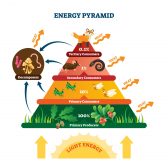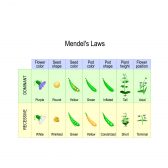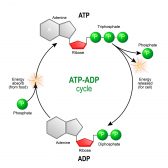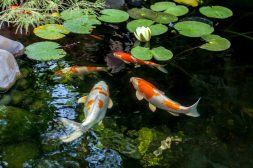Definition
noun, plural: kelps
A brown seaweed of the order Laminariales
Supplement
The kelp is a brown seaweed belonging to the order Laminariales. It is a member of the brown algae. Brown algae are algal species characterized by their brown or greenish brown color. The color is due to fucoxanthin and other brown pigments present within their cells in addition to chlorophyll (green pigment). The kelps are one of the macroscopic brown algae. They are large seaweeds found in shallow oceans. A number of kelp species in a habitat creates the so-called kelp forest. The kelp forest serves as a natural sanctuary for various plankton communities.
The kelp has a thallus (body) that bears flat or leaf-like structures (blades). The root-like structure (holdfast) helps to anchor the kelp to the ocean substrate. Pneumatocysts are also present. They are found at the base of the blades.
Kelps reproduce through alternation of generations. The kelp forms spores, which are released into the water. When the environmental conditions are favourable, the spores grow as male or female gametophytes. The male gametophyte produces and releases sperm that will fertilize the ovum from a female gametophyte. The union of these gametes will give rise to a sporophyte that produces spores when mature.
Examples of kelps are those from the genera Macrocystis and Nereocystis.
Scientific classification:
- Domain: Eukaryota
- Superphylum: Heterokonta
- Class: Phaeophyceae
- Order: Laminariales (Migula, 1909)
See also:
- algae
- brown algae
Related term(s):







